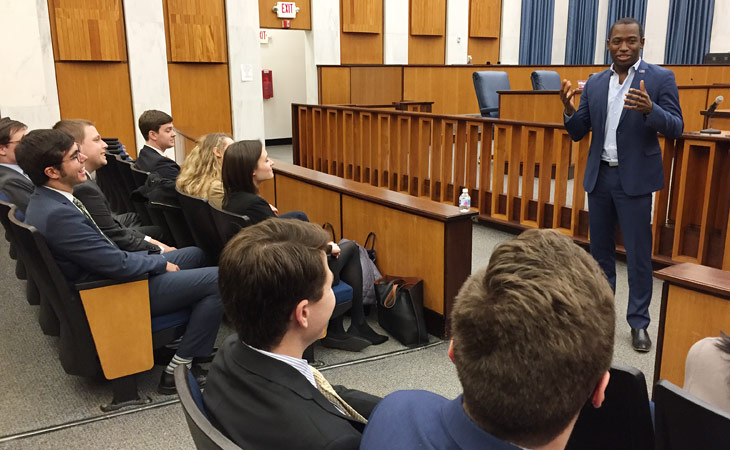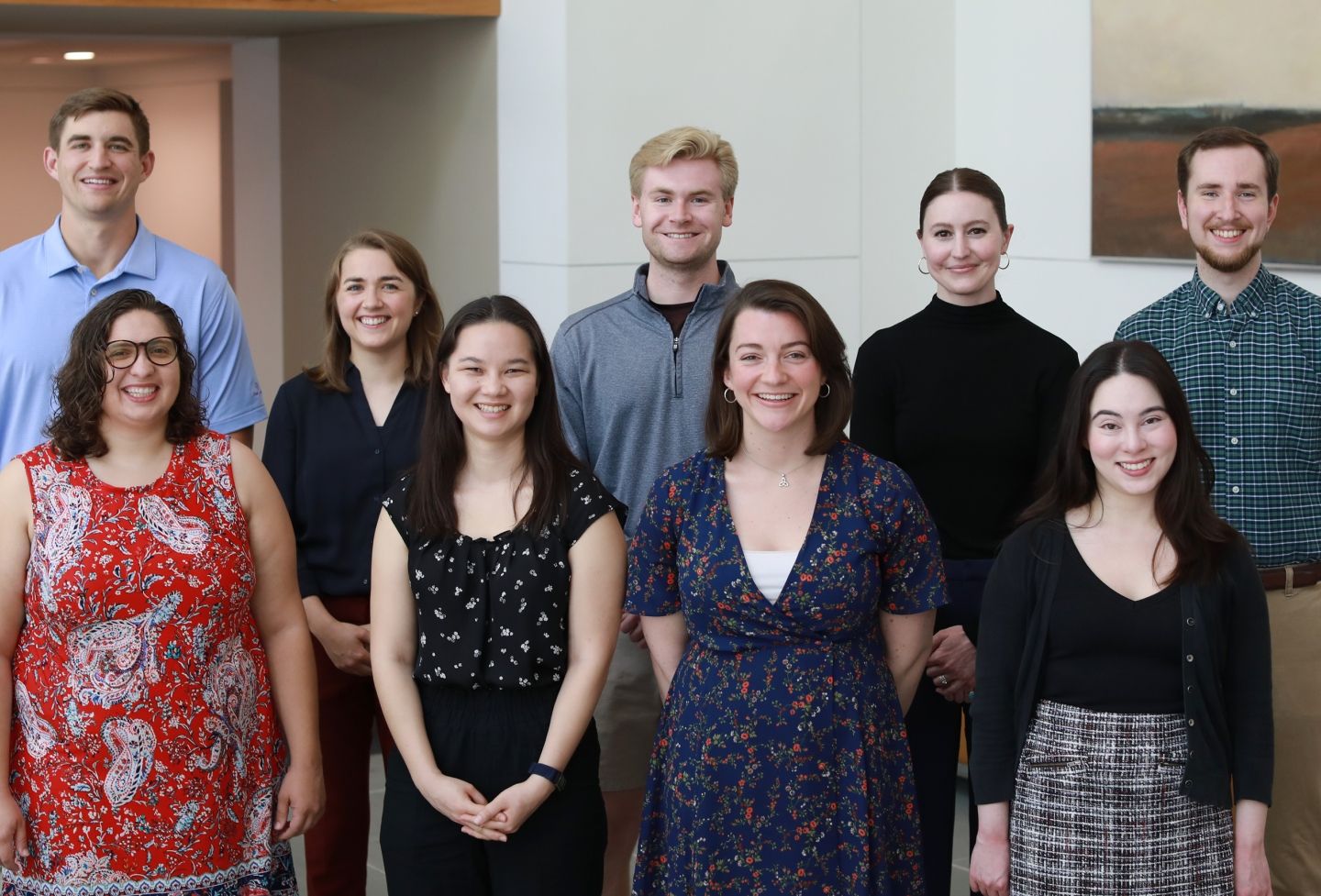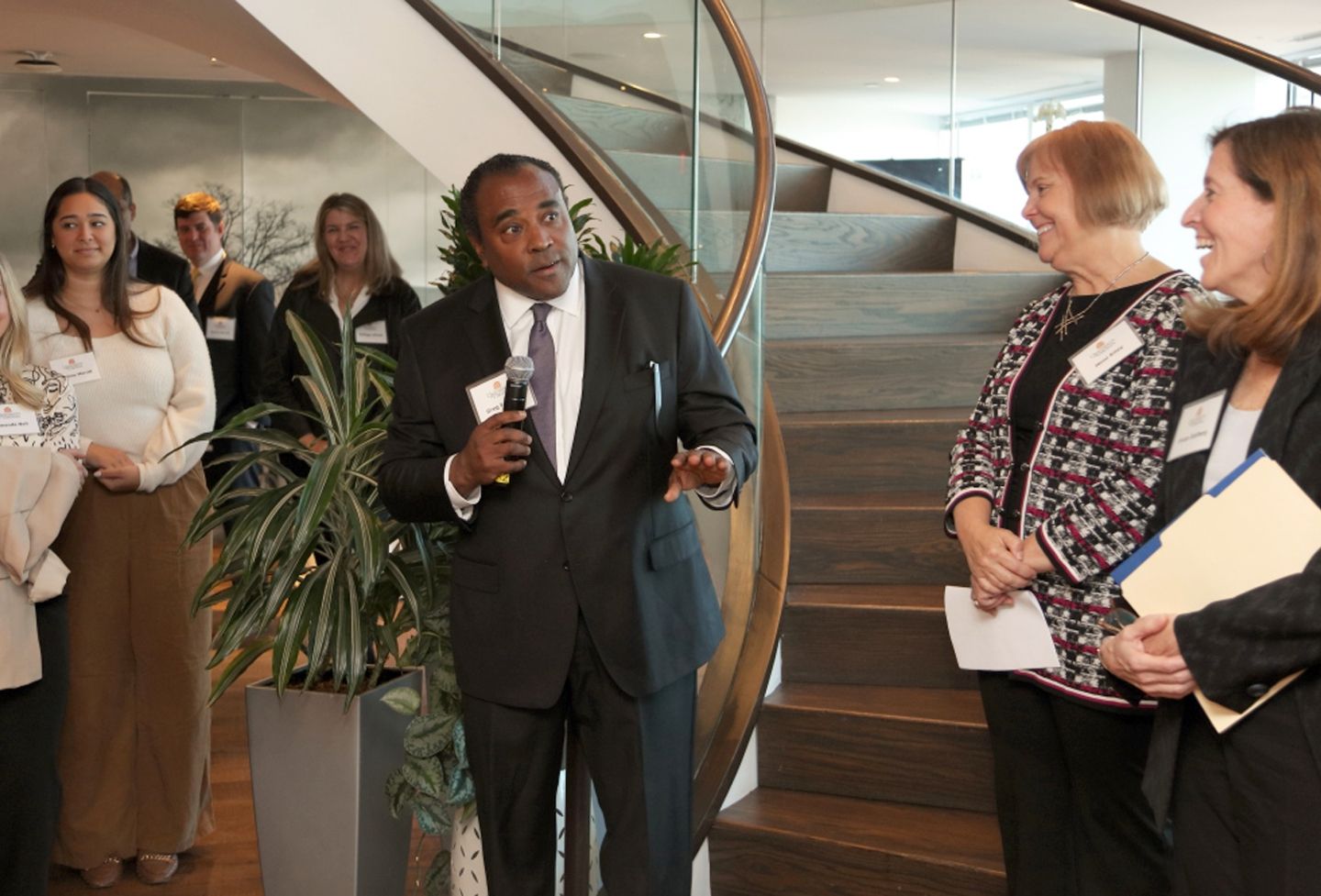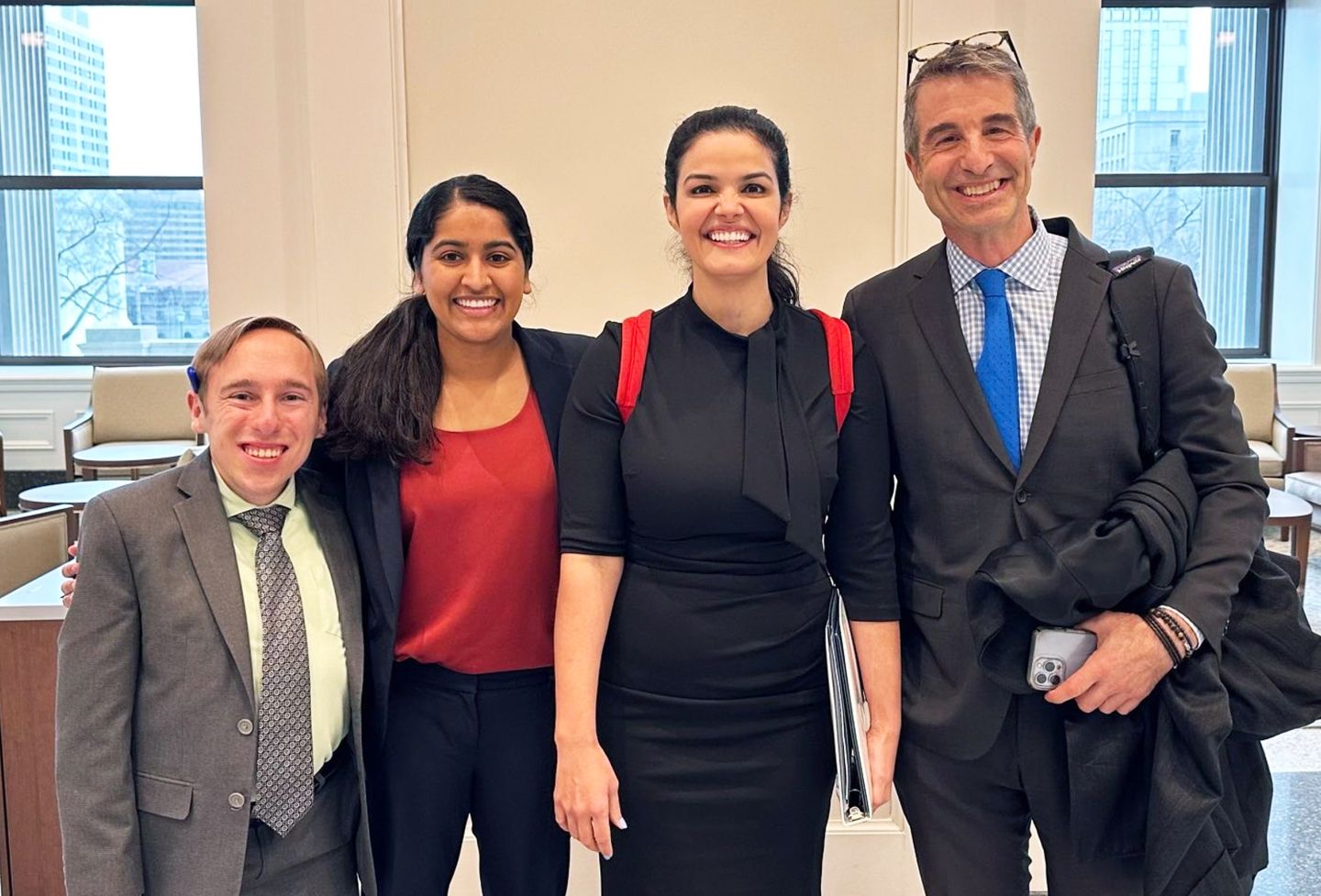This January Term, I had the pleasure of taking Professor A. E. Dick Howard’s course on Virginia and the Constitution. The first four days of the class comprised an intensive study of Virginia’s constitutional history at both the state and federal level, beginning with the founding of the Jamestown Colony in 1607. On the final day, the class traveled to Richmond for a day of experiential learning and to enjoy an official Law School field trip.
In Richmond, our visit began at the Virginia Museum of History and Culture. There, Bill Rasmussen, the museum’s lead curator, treated us to a private exhibition of original documents from Virginia’s constitutional history. These included James Madison’s “Memorial and Remonstrance Against Religious Assessments,” Thomas Jefferson’s draft of a new constitution for Virginia (which was never adopted), and even Chief Justice John Marshall’s personal copy of the Federalist Papers.
Of particular interest was a copy of the Virginia Company Charter of 1606. Inscribed in a massive tome and written in precise, spidery cursive, the charter included the guarantee that all inhabitants of the Virginia Colony would “have and enjoy all liberties, franchises and immunities ... to all intents and purposes as” British subjects in England. This provision, unique at the time among the European colonies in the New World, formed the bridge over which English concepts of constitutionalism, the common law and due process would be brought to North America and eventually incorporated in our own founding documents. After spending the first part of the week studying the charter and many of the other documents on display, it brought the class to life to actually see the originals in person.
The day continued with a visit to the Virginia State Capitol. The neoclassical capitol building, designed by Jefferson and completed in 1788, is the seat of the oldest continuously existing legislative body in the Western Hemisphere — the Virginia General Assembly, which first met at Jamestown in 1619. There, we were met by our spirited guide, Mark Greenough, the Capitol tour supervisor. Greenough took us on an extensive tour, which he designed specifically for our class to focus on the important constitutional events that have transpired in the Capitol building.
It seemed that each room we entered recollected a different theme of the course, beginning with the impressive statue of Jefferson in the entrance plaza, which prominently notes his role in drafting one of the most important documents in our constitutional tradition — the Virginia Statute for Religious Freedom. Among the many highlights, particularly fascinating was our time spent in the Old Hall of the House of Delegates. The Old Hall was the site of numerous Virginia constitutional conventions, all of which we had discussed in depth earlier in the week. Perhaps most dramatically, it also served as the courtroom for the 1807 treason trial of former Vice President Aaron Burr, which Greenough described in compelling and vivid detail.
 Richmond Mayor Levar Stoney talked to students about his role in re-enfranchising the state’s felons.
Richmond Mayor Levar Stoney talked to students about his role in re-enfranchising the state’s felons.
We concluded our trip by meeting with Levar Stoney, the mayor of Richmond. Mayor Stoney began by describing his role in one of Virginia’s most significant contemporary constitutional debates — former Gov. Terry McAuliffe’s successful effort to simultaneously re-enfranchise all of the commonwealth’s former felons. As secretary of the commonwealth at the time, Mayor Stoney was the governor’s point person for the effort. As a law student, I almost instinctively consider the constitutionality of government action from the standpoint of the courts, so it was enlightening to hear how actors in the political branches approach the same questions from a different angle. Among other key moments in the re-enfranchisement debate, Mayor Stoney recounted how, early in the process of developing his views on the constitutionality of the proposal, he sought guidance from a “living legend” of Virginia constitutionalism — UVA Law’s own Professor Howard.
After concluding the discussion of felon voting rights, Mayor Stoney engaged the group in a wide-ranging conversation on numerous legal and political issues affecting Richmond and the Commonwealth at large. Topics included public education, regional cooperation between Virginia’s independent cities and their surrounding counties, the risks and opportunities of public-private development partnerships, and the status of Richmond’s Confederate monuments. Mayor Stoney was incredibly open and candid with the class, and he offered many frank insights into the challenges and opportunities of local governance that may sometimes go overlooked due to the intense focus on national politics.
Looking back, our trip to Richmond captured the true spirit of a January Term course at the Law School — a brief but intense study of important topics that might otherwise be unaddressed in a typical “black letter” law class. It was an invaluable experience and one that should encourage every student to consider returning to school a week early next January.
Founded in 1819, the University of Virginia School of Law is the second-oldest continuously operating law school in the nation. Consistently ranked among the top law schools, Virginia is a world-renowned training ground for distinguished lawyers and public servants, instilling in them a commitment to leadership, integrity and community service.


